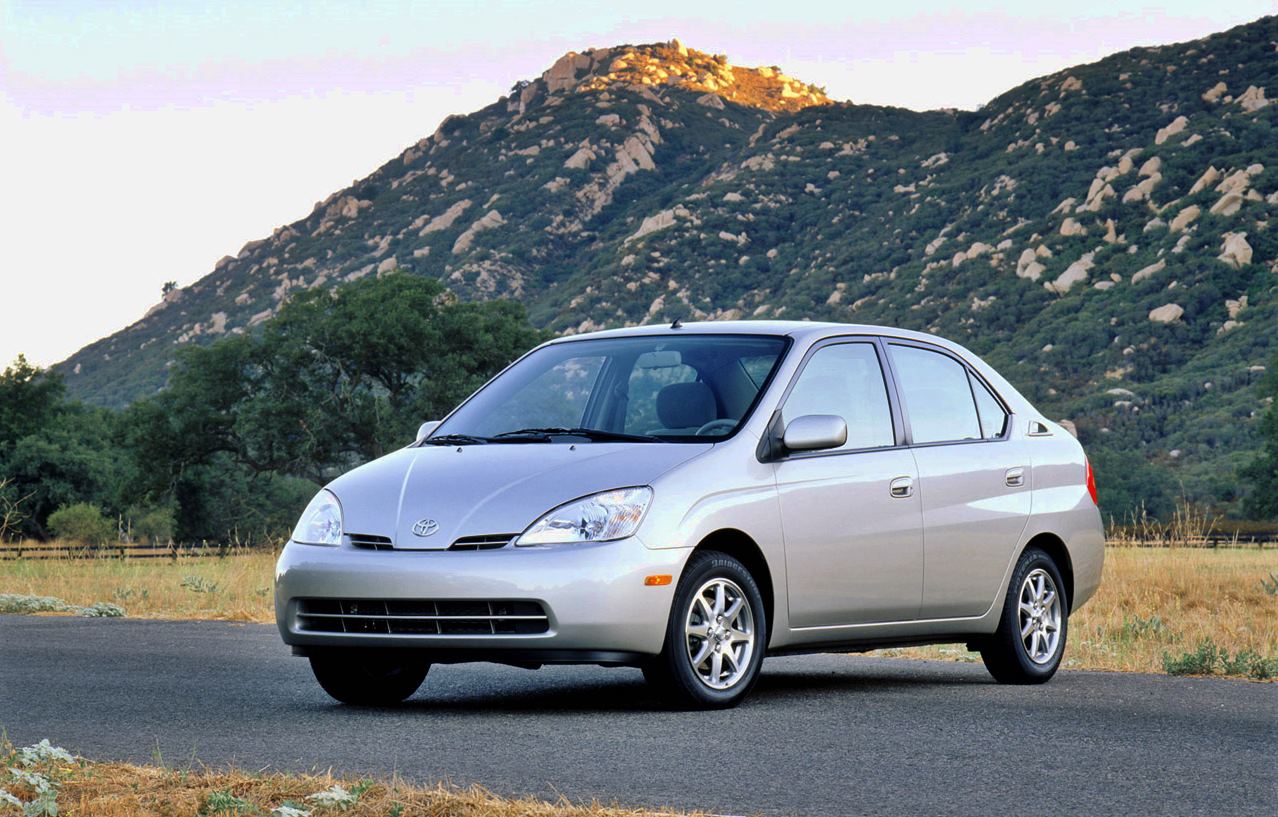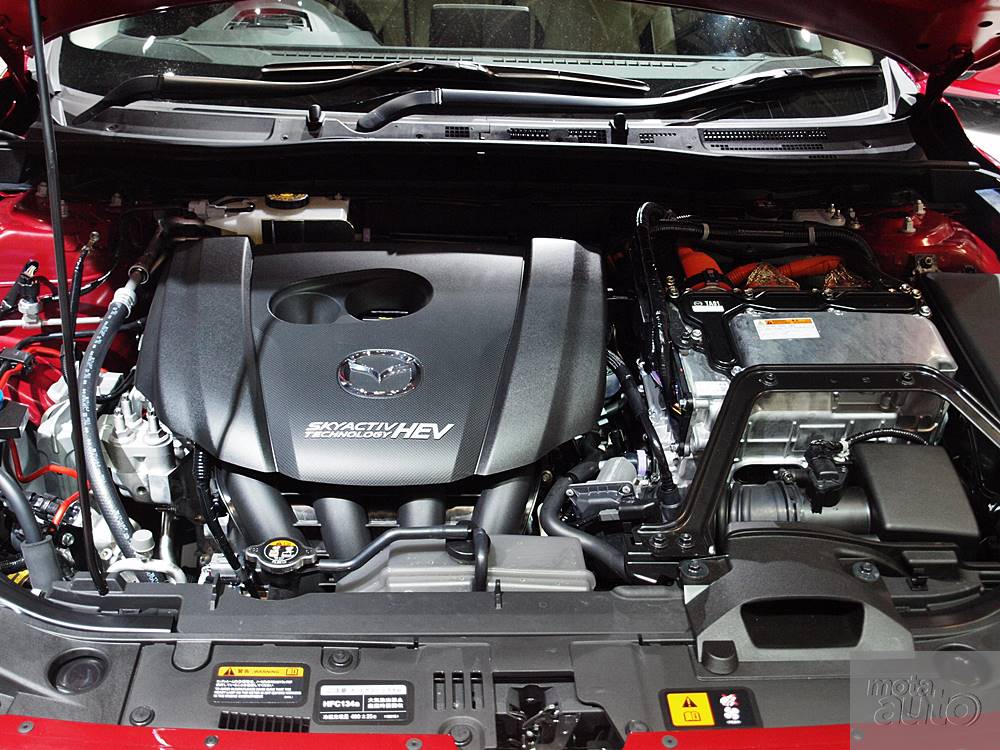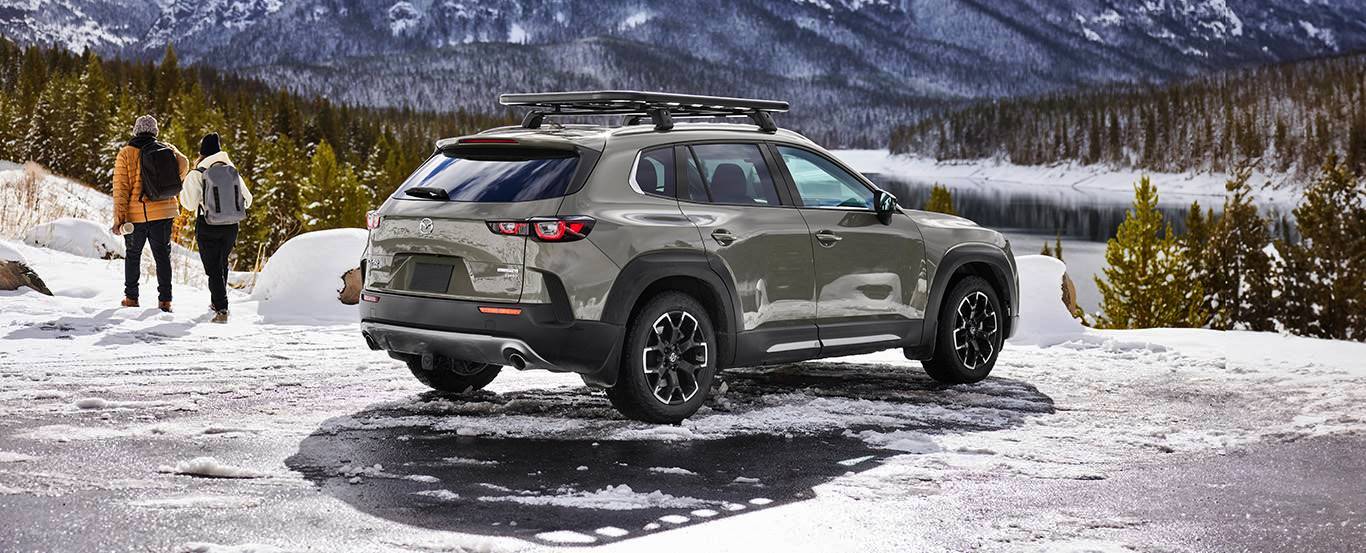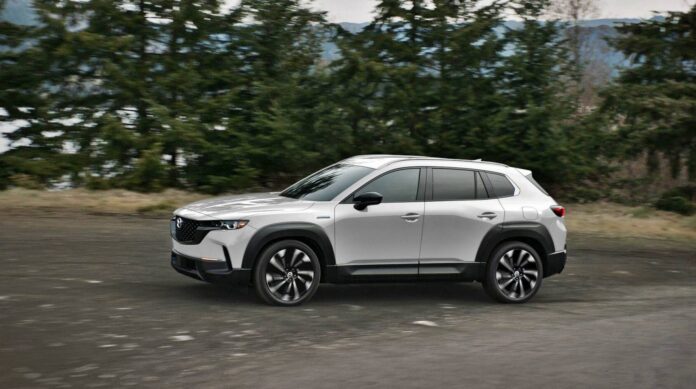Rather than charging forward with the aim of switching over to fully electric vehicles within this decade, some manufacturers – especially those in Japan – have chosen to continue offering various powertrain options to customers and not force EVs on them by stopping combustion engine models altogether.
They recognise the fact that not every country can ‘electrify’ right away. There are issues of the charging infrastructure being limited and also that EVs are still expensive. Nevertheless, the automakers remain committed to reducing carbon emissions to stop climate change and offer various options – not excluding internal combustion engines.

First Mazda with hybrid powertrain
Mazda was not very active in electrified models as it was very confident with its SKYACTIV engine technologies being able to provide reduced emissions. Nevertheless, it has had electrified powertrains for the past 11 years. Its earliest production model with an electrified powertrain was the Axela (Mazda3) launched in 2013 which had hybrid electric powertrain.
The hybrid system was based on Toyota’s system though Mazda engineers also enhanced it in their own way. Mazda had offered the variant largely for the Japanese market and exported some to markets that required low-emission models.

Collaboration with Toyota
Since 2013, Mazda has developed hybrid electric systems for various models so it is no less pro-active in electrification (fully electric models are a different matter). In 2015, it also established an agreement with Toyota to share and jointly develop new technologies, particularly in drivetrains.
This has provided Mazda with access to Toyota’s hybrid technology which has continued to advance since the Prius was launched in 1997 as the world’s first mass-produced car with a hybrid electric powertrain.

Customising the hybrid system
Drawing on this partnership, Mazda has based the hybrid electric powertrain in its new CX-50 on Toyota’s system. A Mazda engineer once told this writer that while they do use Toyota’s system, there are some areas where they have ‘customised’ the performance to have a more ‘Mazda character’.
One example is the accelerator pedal response which has been tuned to offer better driving dynamics by improving the connection between the driver and the powertrain. Mazda fans will know that’s jinba-ittai – a signature feature of every model of the brand.
For the latest CX-50 Hybrid, the powertrain uses a 2.5-litre naturally aspirated petrol engine working with 3 electric motors to give all-wheel drive. Power output is 219 ps/220 Nm which goes to the four wheels through a an electronically-controlled CVT.
The US version is rated at 16.1 kms/litre, which is said to be 40% better than the CX-50 with just the 2.5-litre engine.

In the US market, the CX-50 Hybrid is priced from US$33,970 (about RM160,000) about 7% more expensive than the equivalent combustion engine-only version. The CX-50 is not available in the Malaysian range of CX crossover SUVs which consist of the CX-3, CX-30, CX-5, CX-8 and CX-9.

